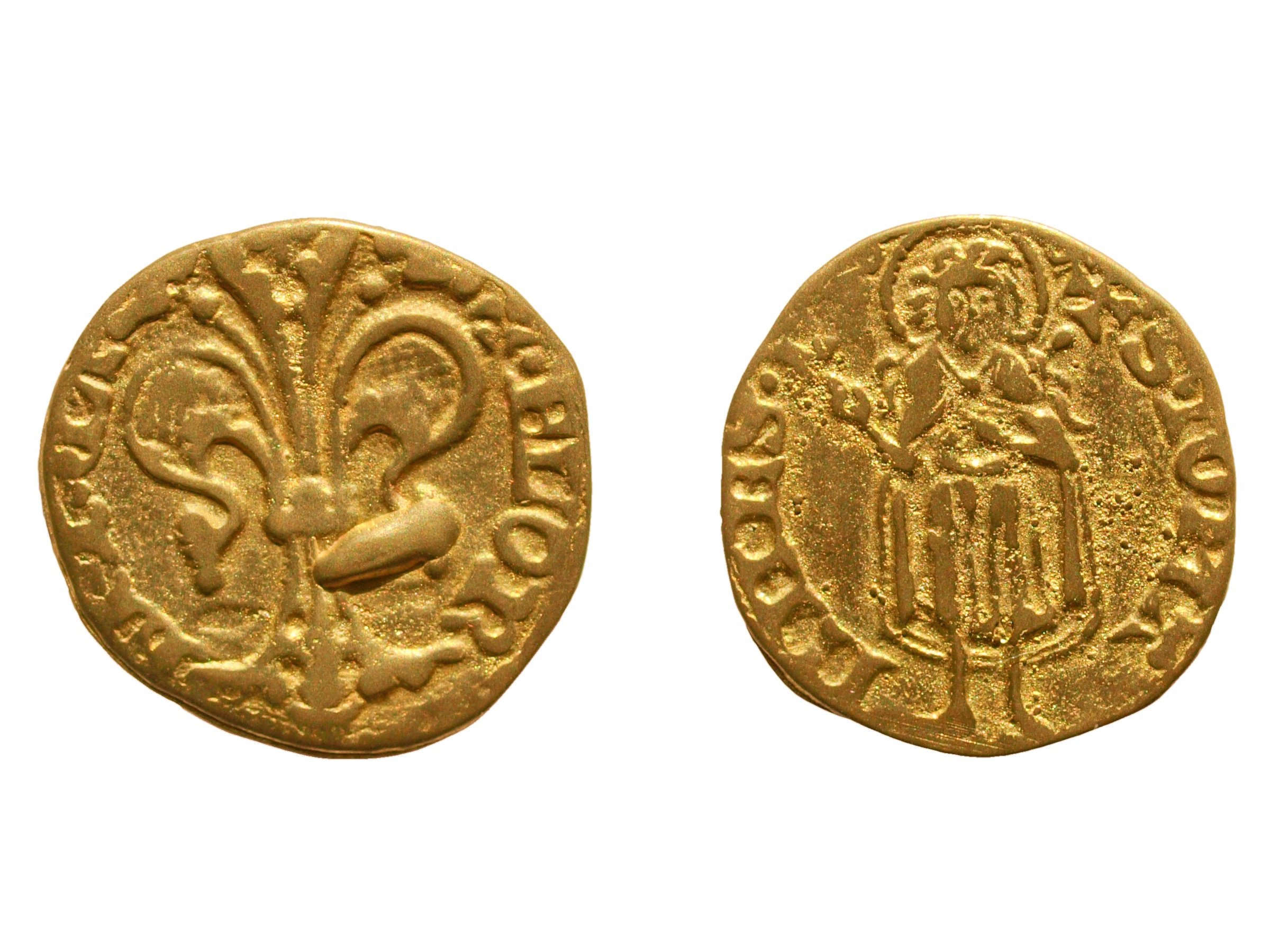Why do we say "San Giovanni non vuole inganni" (St John wants no deceit)?
A Florentine curiosity is the origin of the saying "St John wants no deceit"...
At the time of the Corporations, the merchant money-changers carried out two activities: loans and money-changing. A loan was granted with interest that was previously agreed upon, while the money-changer activity consisted in changing the coins imported from other states with Florentine coins, or florins, which was made of pure 24-karat gold and weighed 3.536 grammes. To do this correctly, the merchants used to beat the coins on a marble table to be able to hear their sound fully and thus evaluate their actual value.
It is no coincidence that this table was given the name of "banco" (counter) which is where the word "banca" (bank) came from and was subsequently adopted in the all the major languages of the world. The only coin that was never beaten on the counter was the florin, as it was considered so solid and reliable that it did not require any kind of confirmation. The lily was depicted on one side of these ancient coins, while the patron saint of the city was on the other. For this reason, it has been said for centuries that "St John wants no deceit".



